The KORG miniKORG 700 – My First Synth
A recent purchase got me all nostalgic and brought back some nice memories of my first proper synth experience with a KORG miniKORG 700 in high school.
My First Synth – The KORG miniKORG 700
I’m a sucker for nostalgia, and just recently I was able to wallow in it after purchasing a KORG miniKORG 700Sm, their miniaturised remake of the remake of the original 700S. I was at an event at London’s Musical Museum where KORG were hosting a day of talks and demonstrations, centred around their exhibit there.
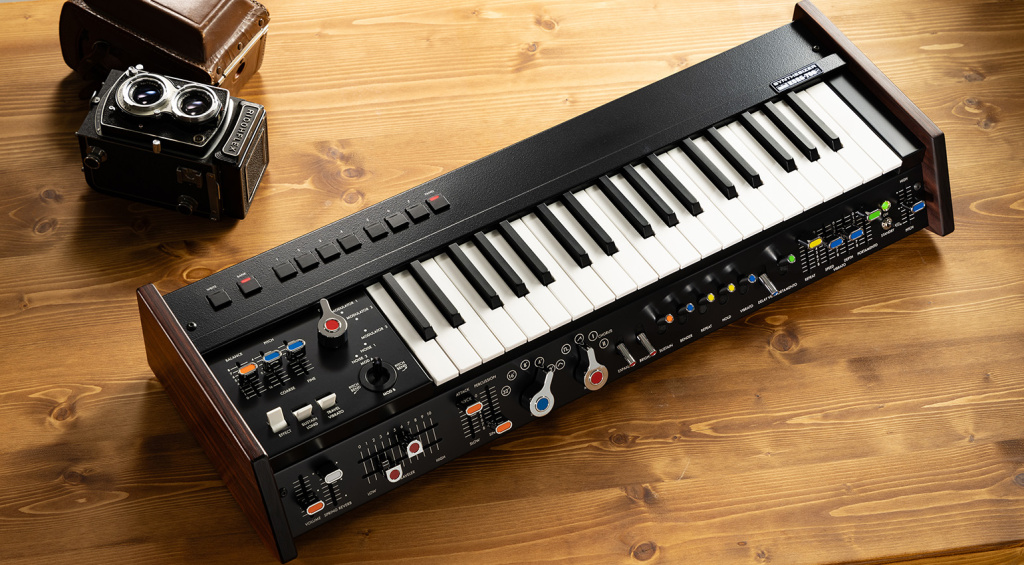
Sale of the Century
As soon as I stepped into the foyer, I noticed that KORG had a number of their current lineup on display. Upon closer inspection, they were all price-tagged so I had a closer look. I started off looking at the opsix SE Platinum, in its eye-catching, reflective glory. 75% off!!
Assuming this to be a mistake, I glanced at the wavestate SE. Same deal! I was gobsmacked and ever so slightly tempted. I pointed these prices out to my wife, who would normally try to veto any synth purchase on the grounds of, “What does it do that all your other synths can’t do?“
When I showed her the price, she paused and told me, “Well, you’d be daft not to buy that!” Whilst I was still reeling from this permission slip that had just been handed to me, I noticed the miniKORG 700Sm. I was instantly drawn to this, for reasons I shall explain shortly, and lo and behold, it too was deeply discounted.
I now had a problem. Which do I choose? Could I afford more than one? Did I have the space? I spent a good hour or so pondering this conundrum and, eventually, common sense prevailed. I bought the smallest one and the one that meant the most to me.
Back to the Beginning – The KORG miniKORG 700
You see, in early 1984, I had just started my third different high school in three years. After spending a year at my first school, my parents divorced, and I was moved to another school as we went to live with my maternal grandmother. A year later, my mother remarried, and off I went to my third and, thankfully, final high school.
For the first few years of the 1980s, I’d been deeply invested in drumming, a passion inspired by my love of Adam & the Ants, so the first thing I did at this new school was to visit the music department. Much to my disappointment, the school drum kit was an awful hotchpotch of various drums, cobbled together with some cymbals that sounded like dustbin lids. My heart sank.
I ventured back into the music store cupboard and started rummaging. I happened across a black case that didn’t look like the size of anything recognisable. Too small for drums, too shallow for a brass instrument, too short for a guitar. And with a KORG badge on it. So I opened it and, right there, I had the same moment that Vincent Vega had in Pulp Fiction, minus the cursing, bullets and Big Kahuna burgers.
You are currently viewing a placeholder content from Default. To access the actual content, click the button below. Please note that doing so will share data with third-party providers.
More InformationThere it was. A genuine, bona fide synthesizer. A KORG miniKORG 700, no less. I’d never seen one of these before. In fact, to be honest, I’d not seen any synthesizers in the flesh. My only exposure to them was in magazines or on TV. My heart started racing, and I began to plot how I could get to play this.
My plotting didn’t last long as temptation got the better of me, and the lunch break was almost over. I took the miniKORG 700 into one of the rehearsal rooms, went back to the cupboard, found a guitar amp and an audio cable and proceeded to hook the miniKORG up.
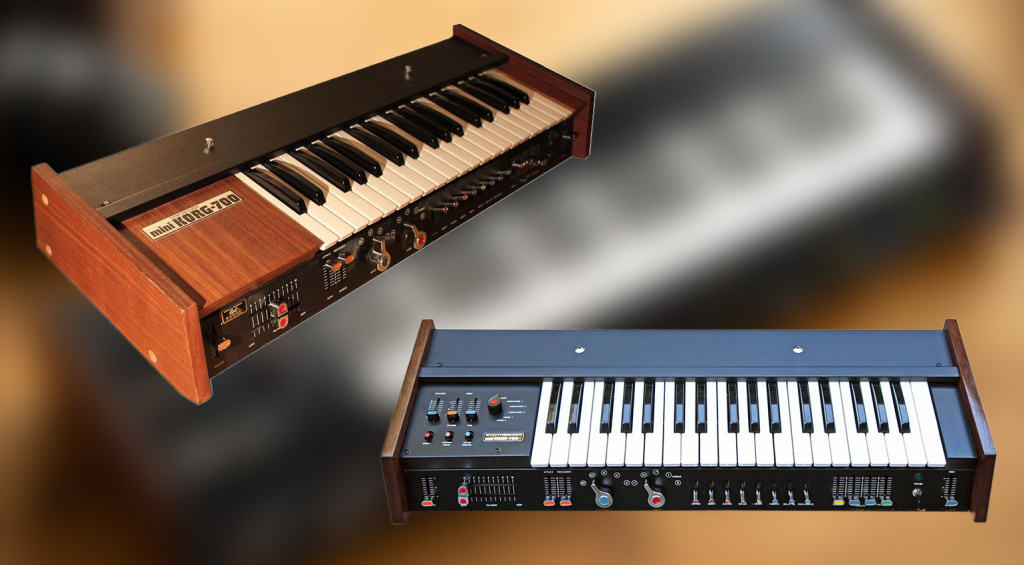
It was easy to remove the miniKORG from the case because it had two very useful handles, one on each side, screwed into the top of the end cheeks. It was some time before I realised these were not factory-fitted!
It’s Not Broken, It’s Monophonic
I flicked the power on, there was the inevitable pop, and my right hand hovered over the keys. I had little idea what all the buttons and knobs were for, so I just went ahead and played a triad chord. A single note squeaked out, and my heart sank. My first experience with a synth, and it was broken. It would only play one note at a time.
I kept trying to no avail. Sometimes the miniKORG 700 would play a different note each time I played the same chord. Boy, this was screwed. No wonder it had been tossed in the back of the cupboard. Disheartened, I put the synth back and went back to lessons.
The next day, I went to the school library, knowing they had a very small section on electronic music. There, I found a book that I still pore over to this day. It was called ‘The Synthesizer and Electronic Keyboard Handbook’ by David Crombie, with a foreword by Thomas Dolby! That’s where my proper synth education began!
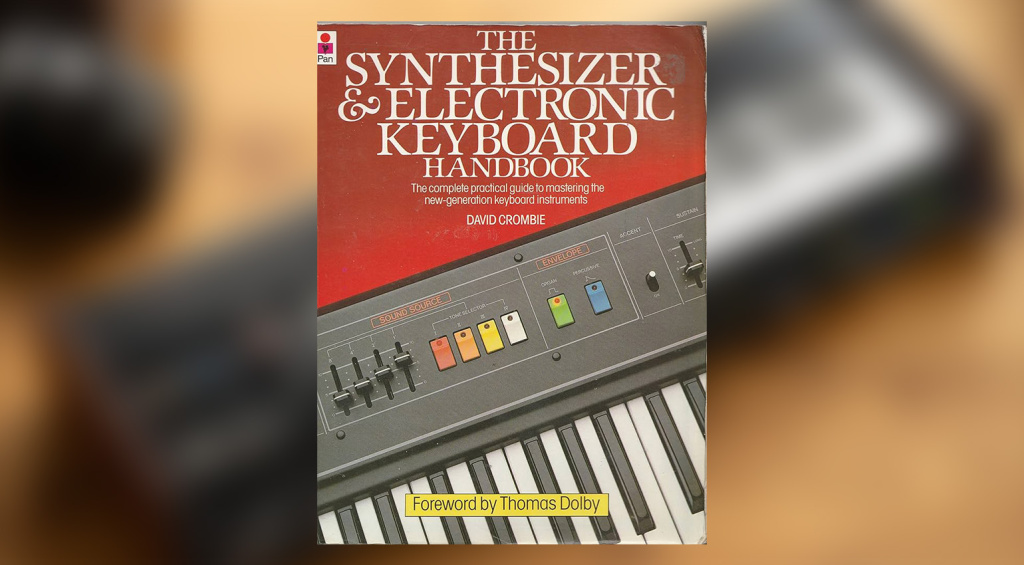
And it’s also where I discovered that the miniKORG 700 wasn’t broken, but simply a monophonic synth! I returned to it with renewed vigour, still disappointed that I couldn’t play chords with it, but determined to learn how to use it.
Sadly, since its launch in 1973, synth features and terminology had become more standardised. The miniKORG 700 used terms like Traveler, Expand, Bright and Percussion/Singing. By the time I started learning, these names had become Filter Cutoff, Filter Envelope, Filter Resonance and Envelope Generators. Looking back, I love Fumio Mieda’s terminology and that whole practice of naming a feature by the effect it actually has on the sound!
I went on to combine the miniKORG 700 with a Bontempi organ to perform a shockingly bad cover of Harold Faltermeyer’s ‘Axel F’ in an inter-form music contest at school, which would be the ‘peak’ of my use of it before leaving school and getting back into drums. The bug had bitten. It would be some time before I moved away from my Commodore 64, FM Expander and Yamaha VSS-200, but I soon made up for lost time.
Back to the Future
I’m still in touch with my music teacher from that time, and I asked him about how and why he’d bought that synth for the school. Apparently, he’d gone to a local music store a few years previously to buy some supplies, and the owner insisted he buy it, as it was the latest craze. He discounted it heavily, and it ended up at my school!
The aforementioned silver handles, the kind that are made of plastic, coated in “chrome” and used on sliding cupboard doors of the 1970s, were fitted by my music teacher to aid lifting the synth out of the case. He told me he used to demonstrate it in front of the kids and nobody really cared!
So I was the first kid to show an interest in it, and it is almost solely responsible for cementing my passion for synths and electronic music. After moving away from the area and then back again some 30 plus year later, my kids attended the very same high school.
When we were invited to our first parent/teacher evening, I made a beeline to the music tutor and asked him if the school still had it. I was hoping he would say yes, and that it just lay dormant in the back of the cupboard, so that he might welcome an offer from me to buy it.
Sadly, he was oblivious to its existence and said he had no such thing in his possession. Who knows what fate befell that unique instrument? I hope that someone somewhere has it and is enjoying it, rather than it being thrown out in a skip. Who knows, but I now have an official replica, and I’m 14 years old all over again!
The miniKORG 700 Today
And if you want to experience the joys of the KORG miniKORG 700, you can in the form of the miniKORG 700Sm hardware. The 700S FS model, a full sized recreation, was only ever a limited run, so be prepared to pay upwards of £1,800 for one. I hear some retailers have the odd one or two left.
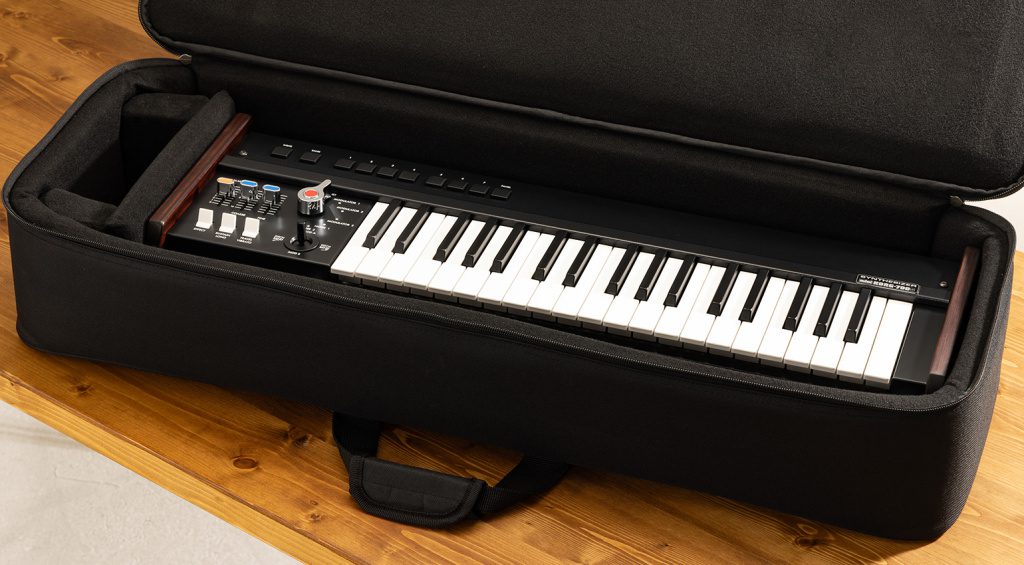
The 700Sm, however, is still very much available. At only 86% the size of the original, it is compact but no less enjoyable. It has all of the features of the FS model and even comes with a sturdy carry bag. Plus it has all the benefits of presets, USB, MIDI and a three-year warranty!
There’s also the miniKORG 700S plugin, which forms part of KORG’s excellent KORG Collection suite of plugins. You can buy it separately, but the Collection represents much better value. Either way, hardware or software, the miniKORG 700S still stands up today. It has a rather unique character and tone, and I’m so glad to have one back in my life!
What was your first synth? Do you still have it? Let me know in the comments!


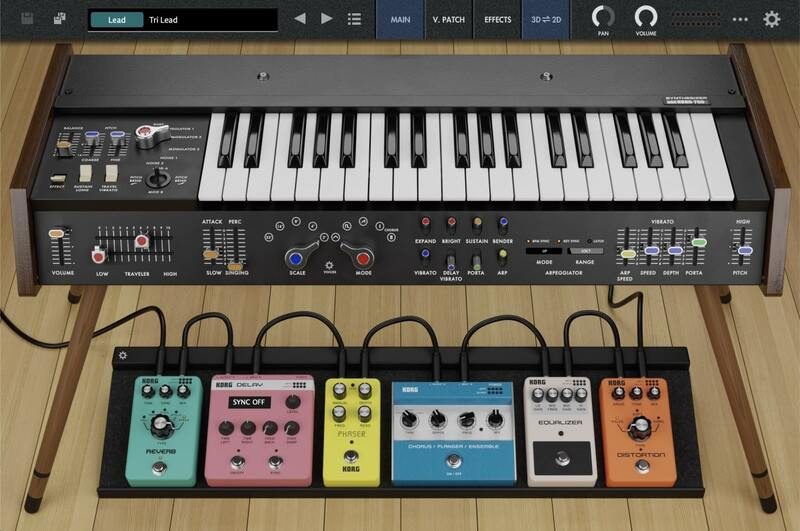
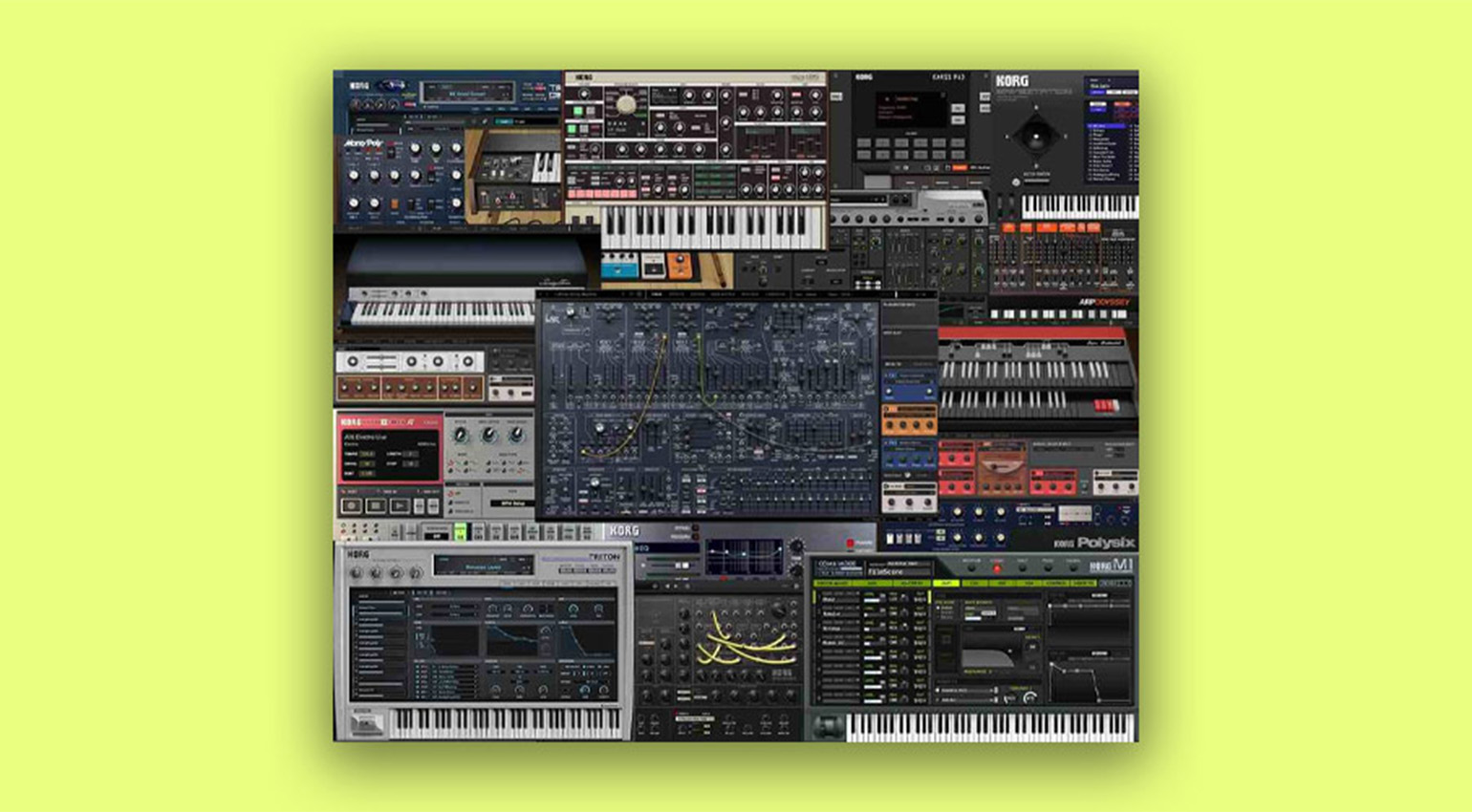
*This post contains affiliate links and/or widgets. When you buy a product via our affiliate partner, we receive a small commission that helps support what we do. Don’t worry, you pay the same price. Thanks for your support!
4 responses to “The KORG miniKORG 700 – My First Synth”


 4,0 / 5,0 |
4,0 / 5,0 | 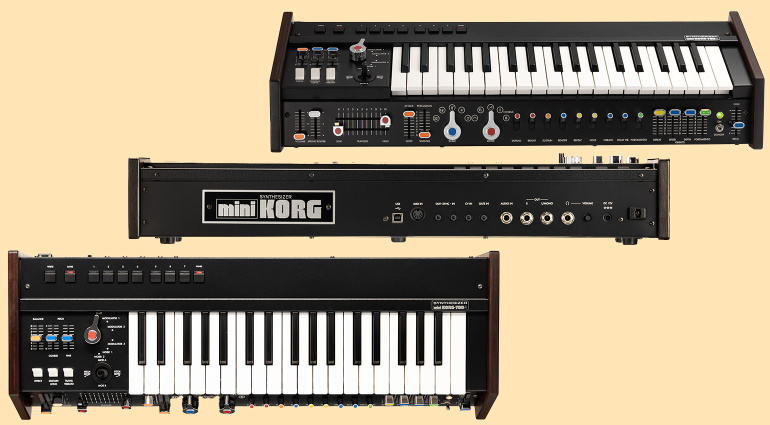



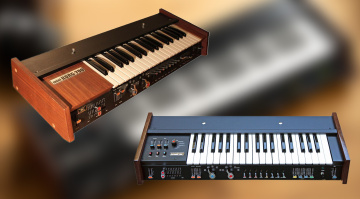

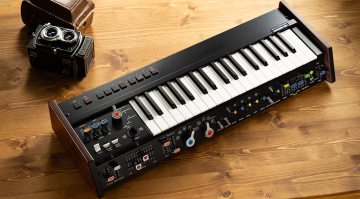
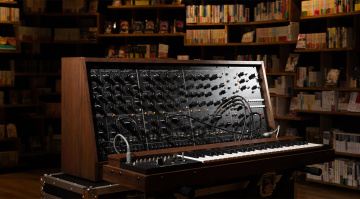
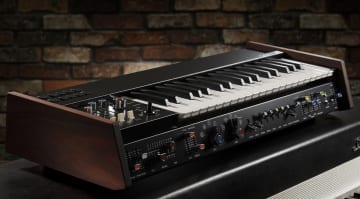
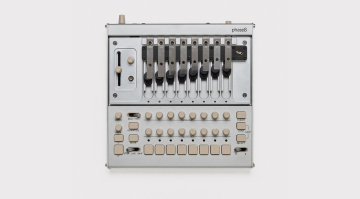

Thank you sharing that beautiful and well written memory. Music sites need mpre personal stories like yours and less technical or “you need it” reviews. I cannot allow myself to buy a Minikorg (I have enough toys), but I just got a second hand copy of the book you mentioned.
Thanks for sharing this amazing story. One of my early synths in the 1990s was a Korg 01/W workstation that I absolutely loved but ended up selling for some inexplicable reason. I always regretted that decision but found a one again a few years ago in nearly perfect condition on reverb.com and didn’t hesitate to buy it. Definitely a very happy reunion. I read about your experience with the miniKORG 700 with complete fascination.
That minikorg was my first synth. I got it in 1985. I still have it and use it. Definitely has it’s own character. Glad my ex didn’t know it’s worth or she would have sold it. But it has a special place in my synth collection.
My first keyboard was a Casio VL-tone and I still have it and it still works Twinkie clink